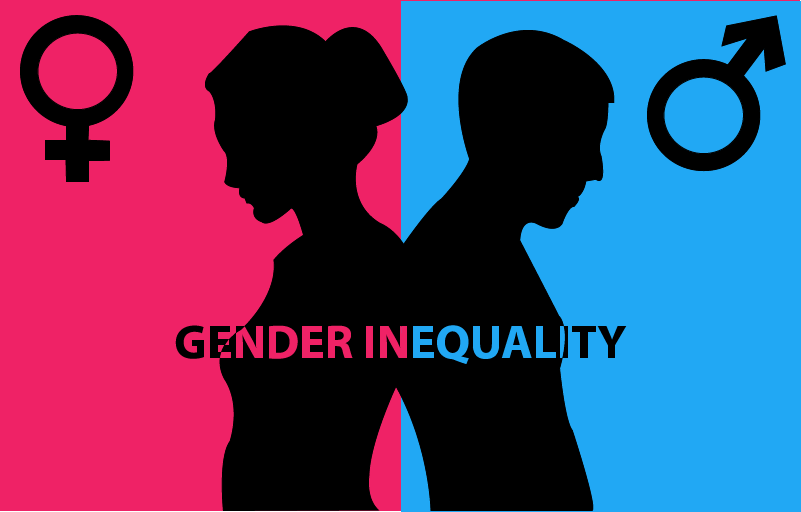If employees hear different D&I messages from different leaders, employees will not feel that the leadership is united and committed to the initiative and it loses credibility.
One way to ensure everyone is on the same page is to provide your executives with a thorough briefing outline (SEE SIDEBAR) of what you both agree each employee should take away from the message conveyed by their leaders. This will set the stage for cascading subsequent messages, goals and tactics needed for D&I to be successfully embedded in the organization’s culture.
It is important to align your diversity messages around business goals and priorities so that they sound familiar to what employees have already heard and that the D&I message is not standing alone without support. In other words, you want your D&I messages to facilitate business outcomes versus being perceived as a stand-alone effort.
By crafting these briefing points into a strong, concerted message for your executives you not only signal support from the top of the organization for your diversity and inclusion programs to your employees, you also allow your senior executives to take a personal and active interest in overseeing and guiding the success of diversity and inclusion under their watch.
Executive Communication Briefing Outline:
- Define Diversity & Inclusion and why it is critical to our business strategy
- Is the D&I message and strategy aligned with business goals?
- Why are we doing this now and what results do we expect?
- What are we measuring short-term and long-term?
- Where are we today? Where do we need to go next?
- Give tangible examples of what success looks like and what it takes to get there.
- Explain D&I as a business imperative:
- How will D&I help us compete and better serve our customers?
- How will D&I engage our employees and increase innovation, productivity and retention?
- (If your organization has Employee/Business Resource Groups)
- Encourage active participation and support by senior leadership.
- Our next generation of leaders are being developed in these groups, seek them out and encourage their development.
- Allow these groups to tackle current business challenges and priorities and allow them to bring their perspectives to the issues.
- Executive’s expectations of their leaders:
- Add D&I as a discussion point to every team meeting agenda
- Identify opportunities for female and minority leadership and development within your teams.
- Lead by taking action and being seen as a role model
- Develop individual D&I Action Plans of what you will accomplish with your team.





